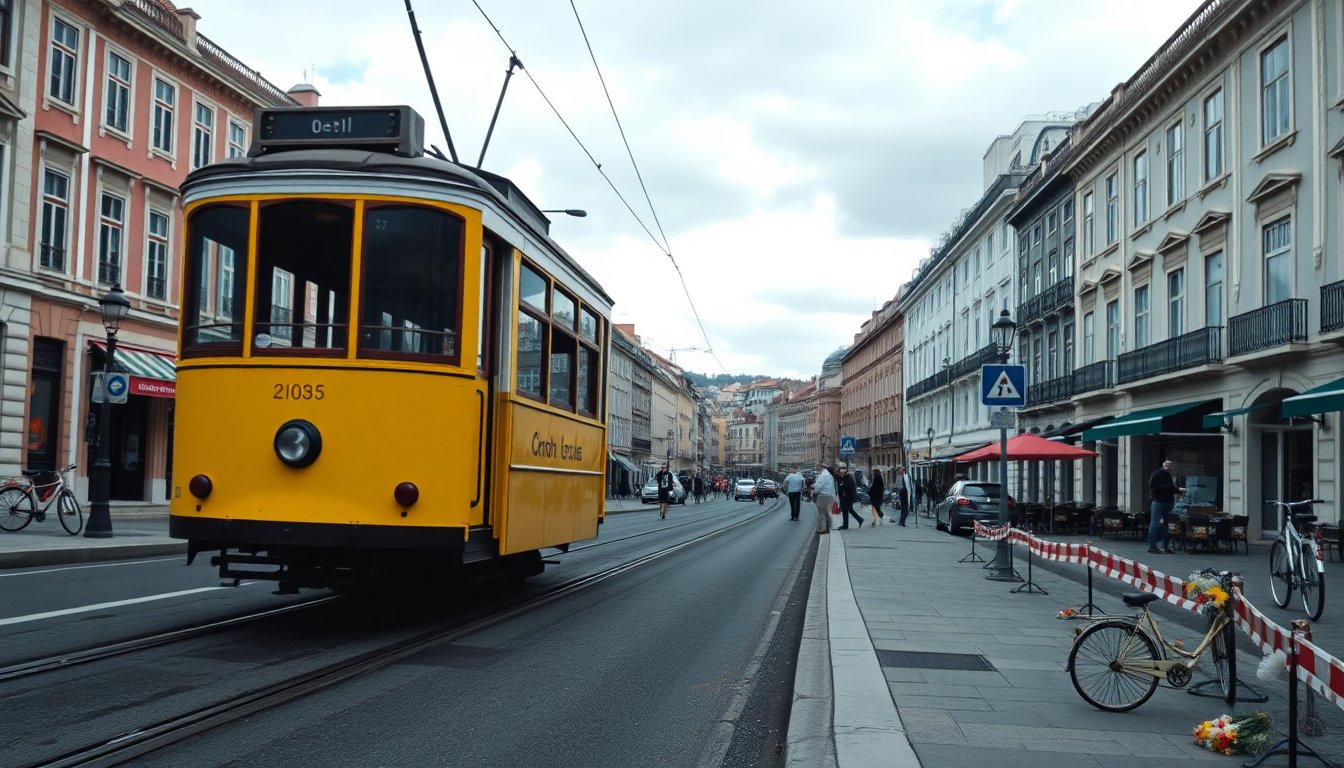Table of Contents
Recent tragic events can send shockwaves through local economies, particularly in tourist-centric cities like Lisbon. The recent streetcar accident, which resulted in significant loss of life and injuries, has raised concerns regarding public safety and the future of tourism and real estate investments in the area. Understanding the implications of such incidents is crucial for investors and stakeholders navigating the complexities of the market.
Current Overview of the Tourism and Real Estate Landscape in Lisbon
The bustling streets of Lisbon, often filled with tourists eager to experience its rich history, have been profoundly affected by the recent streetcar crash. This incident marks one of the most severe disasters in the capital’s recent history, with at least 17 lives lost and numerous injuries. Such tragedies can lead to a shift in public perception, influencing tourist behavior and potentially impacting local businesses. For real estate investors, the fluctuating dynamics of tourism can directly affect property values and rental yields.
According to recent data, the recovery of Lisbon’s tourism sector had been on an upward trajectory, with increasing visitor numbers contributing to a robust real estate market. However, the current situation raises questions about future growth. The influx of international tourists is a key driver of demand for both residential and commercial properties, particularly in prime locations. As the city mourns, stakeholders must assess the potential long-term impacts on these critical sectors.
Investing in Lisbon: Analyzing Market Opportunities Amidst Challenges
In the realm of real estate, the mantra remains: location, location, location. Lisbon’s diverse neighborhoods have historically attracted both investors and expatriates. Post-incident, however, the focus must shift to understanding which areas may remain resilient and which might experience declines in interest. Areas close to the site of the accident may see short-term impacts on property values, but this could also present unique buying opportunities for investors willing to take calculated risks.
For instance, neighborhoods that are less dependent on tourism may maintain their appeal, offering stable cash flow and attractive ROI. Conversely, prime tourist districts could see fluctuations in demand, leading to potential investment dips followed by recovery. Understanding these trends is essential for making informed decisions in the current climate.
Practical Advice for Buyers and Investors in the Current Market
In light of recent events, potential buyers and investors should adopt a strategic approach when considering property acquisitions in Lisbon. It is advisable to stay informed about local developments and engage with real estate experts who can provide insights into market dynamics. Additionally, evaluating properties based on their long-term growth potential, rather than short-term fluctuations, can yield beneficial results.
Investors should also consider diversifying their portfolios to mitigate risks associated with sudden market changes. Exploring opportunities in emerging neighborhoods or investing in properties that cater to local demand rather than solely tourist attractions can provide stability in uncertain times. Understanding the cash flow of potential investments and the cap rates in different areas will empower investors to make sound decisions.
Medium-Term Predictions for Lisbon’s Real Estate Market
Looking ahead, the recovery trajectory for Lisbon’s tourism and real estate market will depend heavily on how effectively the city responds to the recent crisis. While short-term impacts are likely, history suggests that markets often rebound, fueled by resilience and adaptation. Investors should monitor recovery efforts and community responses to gauge the potential for revitalization in both the tourism and property sectors.
In conclusion, while the recent streetcar accident presents significant challenges, it also opens up a dialogue about the future direction of Lisbon’s market. Understanding the interplay between tourism and real estate is essential for those looking to invest in this vibrant city. With careful analysis and strategic planning, opportunities can emerge even in the face of adversity.


